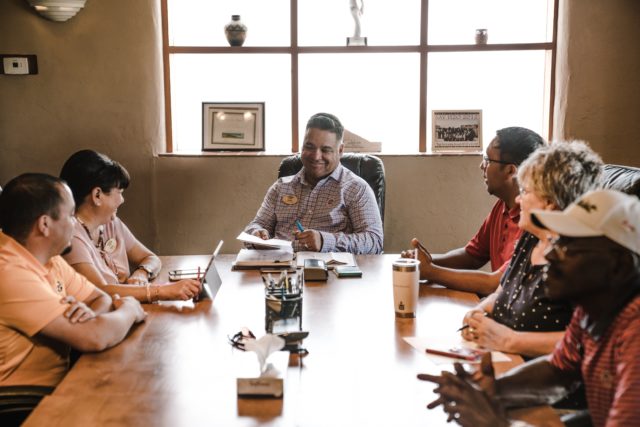Summary of:
Arseneau-Robar, T. J. M., Müller, E., Taucher, A. L., van Schaik, C. P., Bshary, R., & Willems, E. P. (2018). Male monkeys use punishment and coercion to de-escalate costly intergroup fights. Proceedings of the Royal Society B: Biological Sciences, 285(1880), 1-9. http://dx.doi.org/10.1098/rspb.2017.2323
Background & Theory
This article examines how Vervet monkeys interact with one another, specifically how male monkeys may be aggressive in order to coerce or punish females within their same group to prevent intergroup conflict with neighboring groups.
Research Question
The authors seek to address the following question:
- What is the purpose and value of male intragroup aggression and grooming in a group of Vervet monkeys?
Methods
The authors conducted their research primarily by studying Vervet monkeys over a period of 2 years and 1 month. They studied a total of 22 adult male and 36 adult female Vervet monkeys (broken down into 4 groups) from a game reserve in South Africa. They were able to study over 11,000 hours of these monkey groups’ behavior, and over 400 intergroup encounters. The main points they evaluated within these groups were intergroup fights, when males were injured, which monkeys were trying to instigate an intergroup fight, which monkeys might have offspring to protect, and how the males interacted with the intragroup (by evaluating all parties involved in these interactions). The authors took all of the data available based on the behavioral data they collected and analyzed it.

Results
The data underwent several evaluations to better understand the nuances of these interactions, including generalized linear mixed models (GLMMs), binomial tests, Wilcoxin signed-rank tests, and Fisher’s exact test. The results showed that over 236 intergroup fights occurred, and male intragroup aggression was shown to occur 41 times to various parties (another adult male, adult female, juvenile, or a combination of these). It was shown that rarely did male intragroup aggression occur in an effort to protect potential mates (but may sometimes be the case), but that it did occur 76% of the time toward the intragroup individuals who were potentially instigating an intergroup fight, and was successful in often preventing those individuals from acting out again. Of additional note, males who were more likely to act aggressively were ones with offspring (which was even more likely if they also were injured). There were no significant findings tied to grooming and intergroup fights. There was a link found between female social incentives and male intragroup aggression, explaining some of the additional factors that add to these situations (for instance, summer was when most male intragroup aggression occurred, and is when females have the most need for additional resources).
What This Means
- Male Vervet monkeys are shown to often use aggression toward intragroup members, which often resulted in the targeted individual from instigating intergroup fights in the future, and most often was present in targeted females.
- The intergroup and intragroup conflicts both occurred most often in summer, when the conflicts of interest among the group and tension over resources and protection were high.
- We can see a clear correlation between this study and how human groups might interact. Humans also tend to have conflicts that are need-based, and tensions also occur for us when there are conflicts of interest in our ingroup. There are many examples throughout history of intergroup conflict where some agreed with a war or fight and others did not.
- While Vervet monkeys may use aggression to prevent intergroup conflict, humans have many methods for appropriately and responsibly preventing conflict. A good leader may need to threaten punishment for breaking laws, but there are many positive ways to do this, as well.
Final Takeaway
For consultants: Need-based conflict occurs very often, and how we address resolving these conflicts certainly varies. Understanding the unique factors and needs that are important to each group can help resolve conflict peacefully.
For everyone: Know that your perspective is equally important as another’s, but understanding where someone is coming from can help you resolve and prevent conflict with others.



